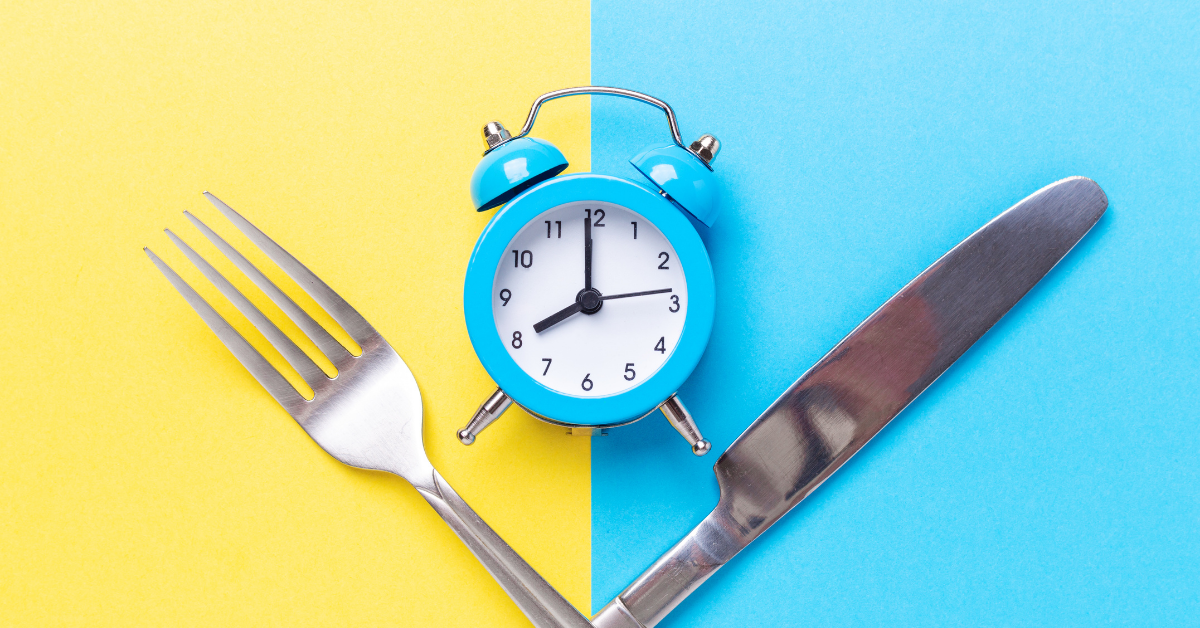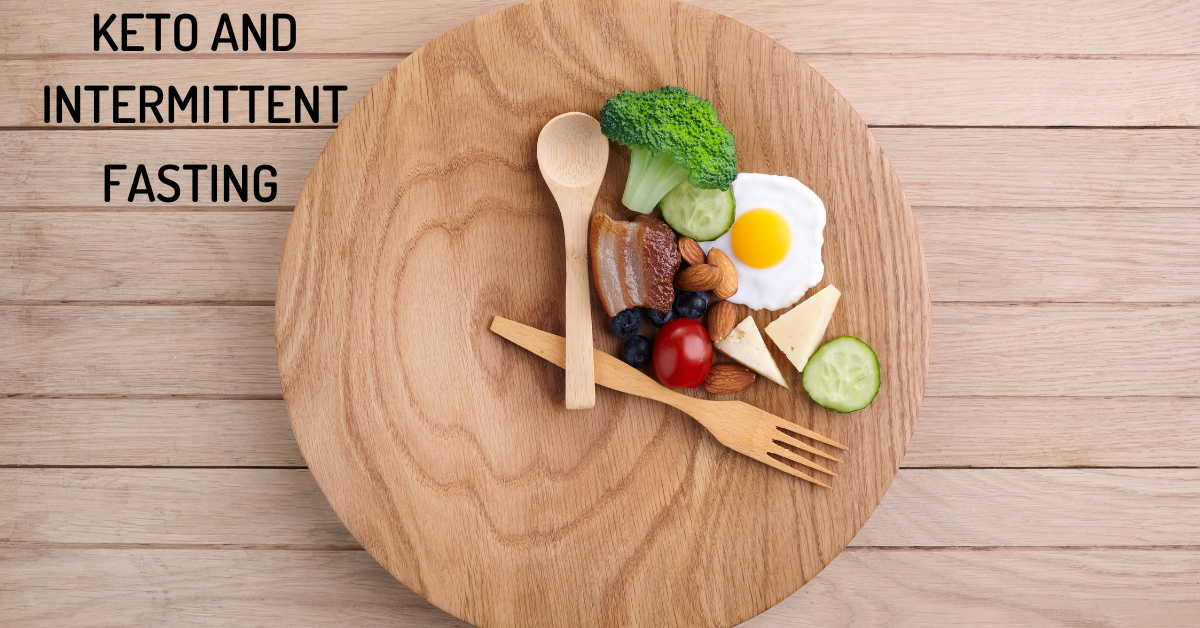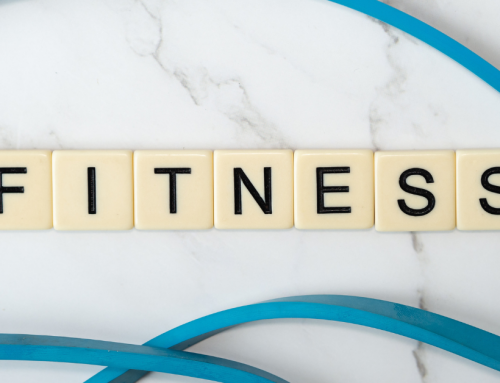The Complete Guide To Fasting: An Examination of Intermittent Fasting
Demystifying the obesity plague has been an obsession of many. Numerous professionals tout that they have the answer to everyone’s problems. Gluten-free eating, high carb low fat, high fat low carb, exercise, cleanse, eat six times a day, eat high protein, there are so many suggestions out there. It is no wonder why people are confused, misled, and less determined to stick to anything.
Clinical trials are available to support most diets; thousands of people are trying different methods and reporting weight loss. Something is working in many and most of these diets, but people still struggle with returning to their old ways of eating. What if there was a different way to control weight without feeling so restricted about the foods you consume. If you have trouble avoiding certain foods, then why not make them as simple as possible? You could simply eat nothing at all. The solution, in a word, is fasting.
Here are FIVE SIMPLE STEPS to guide you in order to make your attempt at intermittent fasting, successful.
Step One: Realizing This Is Not A JOKE!

Why in the world would you purposely starve yourself? How could anyone think that deliberately being hungry would ever be a good thing? I did not fully understand the benefits that fasting would provide me until I experienced the fantastic effects on my blood sugar and cholesterol.
My journey with low-carb eating started in my twenties. I was eating whatever I wanted, drinking too much, and not following a schedule of any type. I spent my formative college years doing an overwhelmingly large amount of “not the right things” to my body, like drinking pop, sugary juices, drinking way too much alcohol. Taking in processed carbs like they were good for me. It’s no wonder some of those years are foggy.
I was lucky enough to want to make a permanent change. Once I committed to the workouts and being aware of what exactly I was eating, it stuck. I felt great, thinking more clearly, writing better research papers, and didn’t have the bloat I once suffered.
I’ve read a book by Jimmy Moore; what an interesting person and testament to the life-changing health benefits of keto with intermittent fasting.
Here’s a bit about Jimmy. At one point in his life, he weighed 410 pounds. He was also consuming lots of processed junk food and sugary sodas. These terrible eating habits contributed to some pretty significant metabolic damage. In 2004, Jimmy discovered the low carb diet, enabling him to lose 180 pounds in one year and come off of three prescription medications for high cholesterol, high blood pressure, and breathing problems.
Jimmy grew a huge online platform called Livin La Vida Low Carb, where he educates, encourages, and inspires others in their health journeys. He is an incredible resource and a true inspiration. Jimmy heard about intermittent fasting in 2006 from Dr. Michael Eades, author of the book Protein Powder. Dr. Eades described this new idea as going periods without eating anything at all, regularly: stop eating at 6 p.m. and then don’t eat again until 6 p.m. the next day. This forces your body to go 24 hours without any food at all.

Admittedly so, I have never gone that long in my life without eating. When you have found the proper diet and experienced such incredible success and health benefits from food, it’s hard to find a reason to try and go without it, after all, we eat to live.
The skepticism around the whole idea of intermittent fasting raises the question: why would anyone want to do this?
Remember Jimmy? He interviews some of the most influential and intelligent people making waves in fitness, nutrition, and health. In one of his interviews with biology professor Thomas L. Seyfried of Boston College, he described some fantastic reasons to intermittent fast.
Jimmy explains, “Dr. Seyfried had been researching alternative treatments for cancer prevention and treatment, including using a calorie-restricted ketogenic diet to treat brain cancer and other cancers. One of the most interesting and memorable nuggets from that half-hour interview came at the very end of our conversation when Dr. Seyfried made the bold assertion that an annual seven to ten-day water fast could be a useful tool for preventing cancer. WOW!”
At this point, I am convinced that fasting can be the key to gaining some profound health benefits and reducing my risk of a terminal illness. Trying a multiple-day fast seems extreme at first, but giving intermittent fasting a try is absolutely in my cards.
Step Two: Understand The Hunger And Don’t Overeat
The first time you try a fast, you may find some things out about yourself. The attempt to go twenty-four hours without food can be painstaking and feel like an eternity. After all, you may have the philosophy never to allow yourself to get hungry so that you don’t slip back into your old eating habits. Listening to your body is beneficial and a skill that you can develop through practicing Intermittent fasting.
Fueling your body for your workouts will be necessary during intermittent fasting. Because you are putting your body into a state of starvation and only taking in water, you may feel weaker than usual at first. The initial 24 hours without food may hurt if you are used to giving your body excess amounts of caffeine and diet sodas.
Your hunger and cravings will be honed in while intermittent fasting. Think of this as an opportunity to discover if you NEED the sugar you think you crave.
The right mindset will help with this transition to intermittent fasting. The things that you can anticipate are: feeling hungry – both real and imagined. Be prepared for that.
I want to revisit Dr. Seyfriend’s suggestion to do a one-week fast annually as a cancer prevention strategy. Most people can’t or, more realistically won’t try to do something like this. What would it be like to try this yourself? How could you possibly make it through seven days if you are struggling with 24 hours? The opportunity here is to learn about hunger and view it in the right way.

One of Jimmy Moore’s blog readers, who had done three one week fasts over a year on the suggestion of his doctor to help with prostate issues, shared something that can help put things into perspective, here’s what he said:
The way you experience yourself physically when you are fasting is practically identical to the way you experience yourself physically when you are eating. This is so important because when you think you experience hunger while eating normally, that same experience of hunger is present when you are fasting. In other words, the hunger sensations in fasting are the same as when eating normally. You then have to ask yourself how you can be hungry when you have not eaten anything at all for a week. What we think is hunger is not really hunger. That impulse to eat cannot be taken seriously.
Here is the message that we can derive from that: fasting allows you to reclaim your hunger for food, so it no longer dictates what you put in your mouth. Also, so that you know, the person who fasted this way had incredible success at treating those prostate issues he had.
Step Three: Stick To A Good Nutrient-Dense, Low-Carb Diet
To successfully begin a fasting routine, some steps need to be taken. Checking your mindset is by far the most important! Once you have achieved an excellent nutrient-dense, low-carb diet and become fat-adapted (I will explain what I mean later on), then you can begin experimenting with fasting. It is much easier to fast when your body isn’t still screaming for carbohydrates.

Switching to keto allows your body to become a fat-burning machine. If you have been eating a high fat, moderate protein, low-carb diet for a while by now, you may also be tracking your ketones, which is excellent! You may also be monitoring your meals, allowing you to stay on track! If you needed to hear it, I am so proud of you!
You may have no intention of fasting when you decide to go keto, and that is okay. But you may also discover, as I did, that fasting has happened naturally and spontaneously. I remember early on when I first tried intermittent fasting. My husband asked me what was for dinner by phone, then decided to come home early and asked me what I ate for lunch. I replied nothing, simply because I wasn’t hungry. It had probably been about 20 hours since my last meal. I had forgotten to eat. In light of my history of eating and the amount of physical activity I do daily, this was stunning!
Once my body made the switch from burning glucose to burning fat, the idea of eating breakfast, snack, lunch, snack, dinner, snacks sounded silly. My body was telling me that it was okay that I didn’t think about food so obsessively anymore.
In modern culture, we are simply not meant to be eating as much or as often as we do.
The whole foods you are providing your body with while eating a nutritional ketogenic meal plan provide adequate calories, high fat, and protein that you need to last through a fast.
Step Four: Understand What Happens When We Eat

Before I go all scientific on you, I want to give a little background on fasting.
Many professionals are examining fasting as a treatment for obesity and type 2 diabetes. Every time mentioned, it seems to get the same eye-rolling response (are you rolling your eyes yet?) starvation? Are you going to starve people? NO. That is not it at all.
The distinct difference between fasting and starvation: control.
“Starving people have no idea when and where their next meal will come from. This happens at times of war or famine when food is scarce. On the other hand, fasting is the voluntary abstention from eating for spiritual, health, or other reasons. Food is readily available, but you choose not to eat it.” – The Complete Guide to Fasting, Jason Fung MD.
Instead of focusing too much on history and cultural expectations, I want to look at what goes on in the body when we eat vs. when we fast.

Here are some additional scientific facts that stuck with me after reading the Complete Guide to Fasting:
- Both carbohydrates and protein stimulate insulin.
- Protein does not raise blood glucose but it can raise insulin levels.
- Fats are directly absorbed as fat and have minimal effect on insulin.
- The body really only exists in two states, the fed (high-insulin) and the fasted (low insulin).
- If eating and fasting are balanced then there is no net weight gain.
- After four days of fasting, approximately 75% of the energy used by the brain is provided by ketones.
- Periods of low food availability have always been a natural part of human history, and our body evolved mechanisms to adapt to this fact of paleolithic life.
This may sound like a bunch of boring science. It’s not, it’s the truth about what’s actually happening in your body when you choose to follow a specific diet and lifestyle change and turn to keto.
Through the food choices you make every single day, the changes you experience are continued and supported.
Step Five: Fulfilling The Goal Of Healthy Eating

There are undoubtedly some incredible and credulous health benefits to fasting. Deciding what is right for you will take time and possibly some research, especially if you have other underlying health conditions that could impact your decisions.
Fasting is not the cure-all, healthy eating still matters, A LOT!
I want to reiterate that food is what got us here in the first place. Obesity, type 2 diabetes, high blood pressure, high blood cholesterol, and a fatty liver can all be attributed to improper diet. The roots of metabolic syndrome lie in the Western diet, with its abundance of sugar, high fructose corn syrup, artificial flavors, artificial sweeteners, and overdependence on refined grains.
Intermittent fasting or a nutritional ketogenic diet is only part of the solution. You must also focus on healthy eating patterns. As humans, we are pretty incredible and we have evolved to eat a plethora of foods without experiencing detrimental health consequences. Indigenous people ate traditionally high animal protein diets and depended on other root vegetables (typically high in carbohydrates). But they never suffered the plague of metabolic diseases that we suffer from today. Humans have not evolved to eat highly processed foods deficient in macronutrients and micronutrients.
Foods in their natural state should be recognized as something that was alive or has come from the ground. Boxes of cheerios and white flour do not. Real foods have no labels.
Here is the secret to healthy eating: JUST EAT REAL FOOD.






